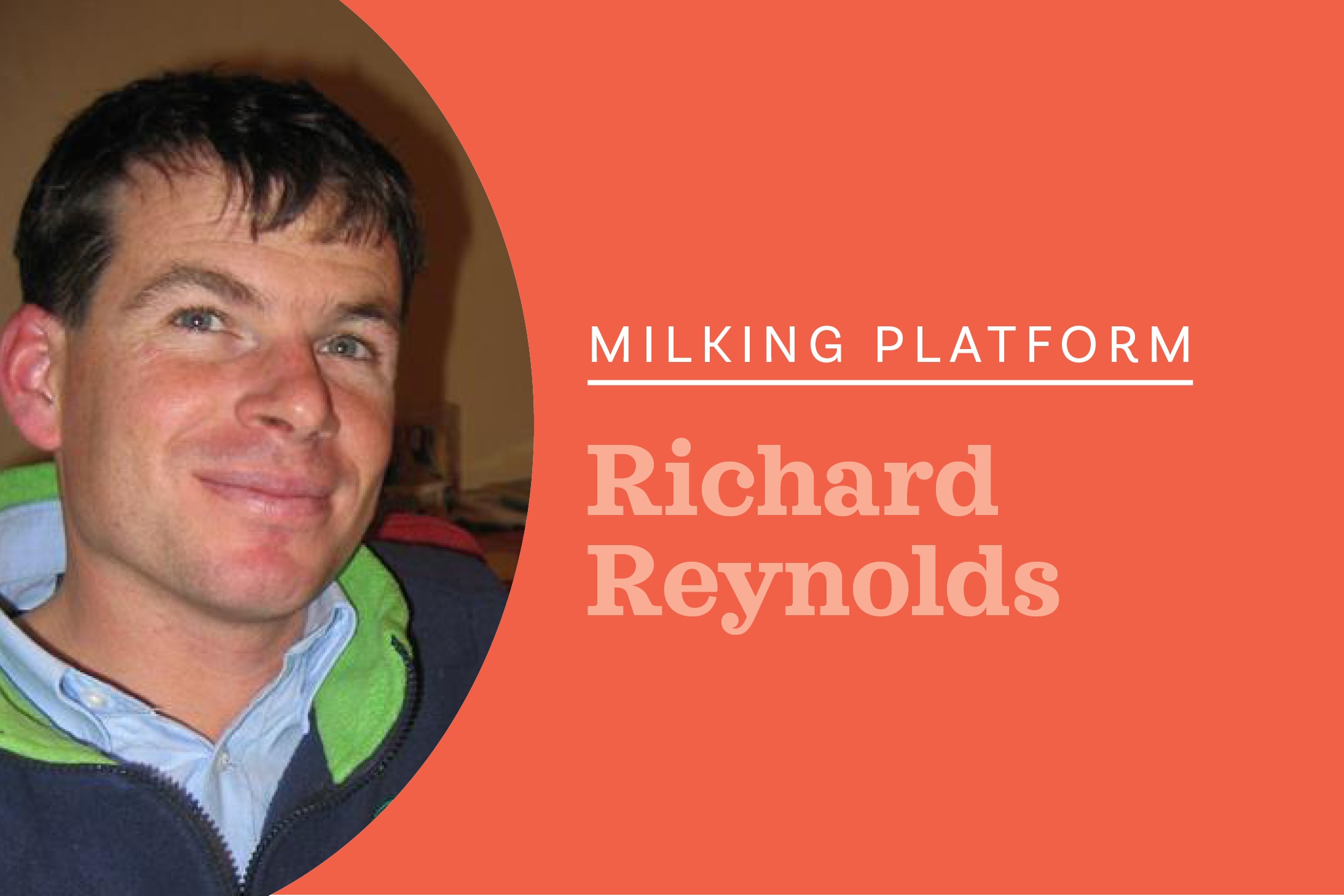Lessons from 2022
Add subheading here
Farmers’ resilience to most storms, whether Covid or literal, is the key to success, Hamish Hammond writes.

Last year was a test of resilience to say the least. The South Wairarapa weather can simply be described as wet and unpredictable. Covid and colds were ever-present causing staff disruptions and supply chain issues. Inflation, especially during the latter part of the year, has really begun to eat into farm profits.
Then there was the constant dialogue regarding new regulations and rules which cause headaches for all farmers. These are the usual suspects destined to provide a degree of stress every year.
We had some red-herring issues too – an untimely death of a farming friend and now the emergence of solar-farming which threatens to convert large parcels of productive pastoral land into industrial parks with a few sheep.
These challenges are not abnormal to the industry we are in, and every-so-often we are thrown some hurdles, which can result in variable performance. As frustrating as this can be, we often come out the other side with new tools and outlooks that will put us in good stead. Here are some key lessons from 2022.
Stones and free-draining soils were worth their weight in gold during the one of the wettest years we have experienced. Heavy soils were the bane of farmers, especially those with limited other options. Farms with a range of soils were able to manage their way around events and stick close to the ‘usual’ season plan.
Silage was harvested on time and crops were in the ground. Farms with heavy soils managed their best but were destined to make some mess, harvest feed late and potentially forego drilling crops altogether.
Infrastructure, especially drainage and stand-off pads were used by some farmers to alleviate the effects of soil type. Of course, in a dry year, these heavy soil properties excel when lighter soils dry and wither. The lesson? Work with what you’ve got and have the infrastructure to match.
Many will know the farm management process: plan, implement, control. This simple method sounds so easy on paper. This year, this process felt more like plan, adapt, plan, adapt to keep the cows content. Timing of decisions and being prepared for worst-case scenarios were essential for mitigating the effects of the weather. The lesson? There is no perfect farm manager, and it pays to have some degree of under-utilised resources like extra hay to help you sleep at night.
In unpredictable years, overcomplicated practices and under-resourced farm teams can leave you physically and mentally drained. This year we were caught out by delays in the bobby calf pick up, which meant extra work and stress which we didn’t need. Our once-day-milking regime helped give us flexibility to absorb some of this extra work, but it did take a toll. The lesson? Keep it simple and lean on experienced farmers when the going gets tough.
My final observation of 2022 is how bloody good the dairy industry is. We were able to weather the Covid storm and the literal storms. We produced a highly valued and nutritious product virtually every day. The co-operative model is a well-oiled machine that delivers wealth back to the farmers when others don’t. And most importantly, pasture which we base our farm systems around can thrive in a huge variety of conditions. Sure, we have our challenges but our resilience to weather most storms is the key to our success.






